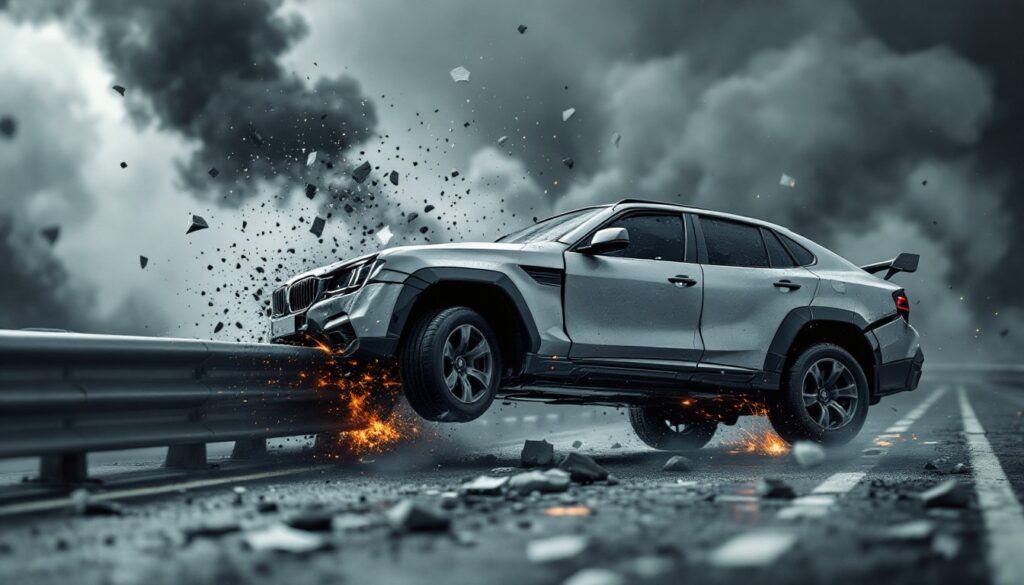When it comes to cars, most drivers focus on horsepower, fuel efficiency, or style, but safety is often an afterthought. Many assume that modern vehicles are inherently safe, relying on seat belts and airbags as the main protections. In reality, cars today come equipped with a range of safety features that are easy to overlook but can make a real difference in preventing accidents and injuries. Understanding and properly using these features can save lives and prevent costly repairs.
One feature that is often underestimated is blind spot monitoring. Many drivers think they can check their mirrors and shoulder checks to spot other vehicles. While these practices are essential, blind spot monitoring provides a second layer of security. Sensors detect vehicles in areas that are hard to see and alert drivers through visual or audible warnings. This feature is particularly useful on highways where cars can quickly appear alongside. Many drivers disable these alerts or ignore them, missing an opportunity to avoid side collisions.
Another commonly underestimated feature is automatic emergency braking. Some drivers view this as an annoyance because it can activate unexpectedly, but it is designed to react faster than a human ever could. In situations where a car or pedestrian suddenly appears in front of you, this system can apply brakes automatically, reducing the severity of a crash or even preventing one entirely. Learning how it works and trusting the system can improve response times during critical moments.
Adaptive cruise control is often thought of as a convenience feature for long highway drives, but it is also a safety tool. It maintains a set distance from the car ahead, adjusting your speed as traffic changes. This reduces the risk of rear-end collisions, especially in stop-and-go traffic where human reaction times may lag. Some drivers disable it thinking they have better control, not realizing that it reduces fatigue and improves reaction consistency.
Lane departure warning and lane keeping assist are frequently underestimated as well. Lane departure warning alerts drivers when they unintentionally drift out of a lane, while lane keeping assist can make small steering adjustments to help keep the car centered. Many assume these features are only useful on long highway drives, but they are valuable in urban environments where distractions are common. By paying attention to alerts and allowing the system to assist, drivers can avoid collisions caused by drowsiness or momentary lapses in focus.
Rear cross traffic alert is another feature that deserves more attention. Backing out of parking spots can be surprisingly dangerous, especially in crowded lots. This system detects approaching traffic from the sides and provides warnings, preventing potential collisions. Drivers often underestimate how much this can improve safety, especially in busy areas where visibility is limited.
Even simple features like automatic headlights and rain-sensing wipers contribute to safety. Automatic headlights ensure the car is visible to others during low-light conditions without the driver having to remember to turn them on. Rain-sensing wipers react immediately when it starts raining, keeping the windshield clear and maintaining visibility. These features may seem minor, but they prevent accidents caused by poor visibility and delayed reactions.
Understanding these features is only part of the equation. Many accidents occur because drivers disable safety systems, ignore warnings, or misuse them. Take the time to read your vehicle’s manual and learn how each system operates. Practice using adaptive cruise control, lane keeping assist, and emergency braking in low-risk situations to build confidence. Knowing when and how to rely on these features enhances your control and awareness.
Manufacturers continue to innovate, adding safety technologies that drivers are not yet familiar with. Features such as driver attention monitoring, traffic sign recognition, and automatic high-beam control may feel like luxuries, but they serve important protective roles. By paying attention to alerts and understanding the purpose of each feature, drivers can make informed decisions that prevent accidents before they happen.
In the end, the safest drivers are those who combine skill, awareness, and the technology built into their cars. Safety features are not just extra gadgets; they are designed to work with human reactions, providing support when it is needed most. Underestimating them can be costly, but learning to use them effectively gives every driver an advantage on the road.
Modern cars offer more than speed and comfort. They are packed with tools designed to keep drivers and passengers safe. By giving attention to features that are often underestimated, drivers can reduce risk, protect themselves and others, and make every trip a safer one.


